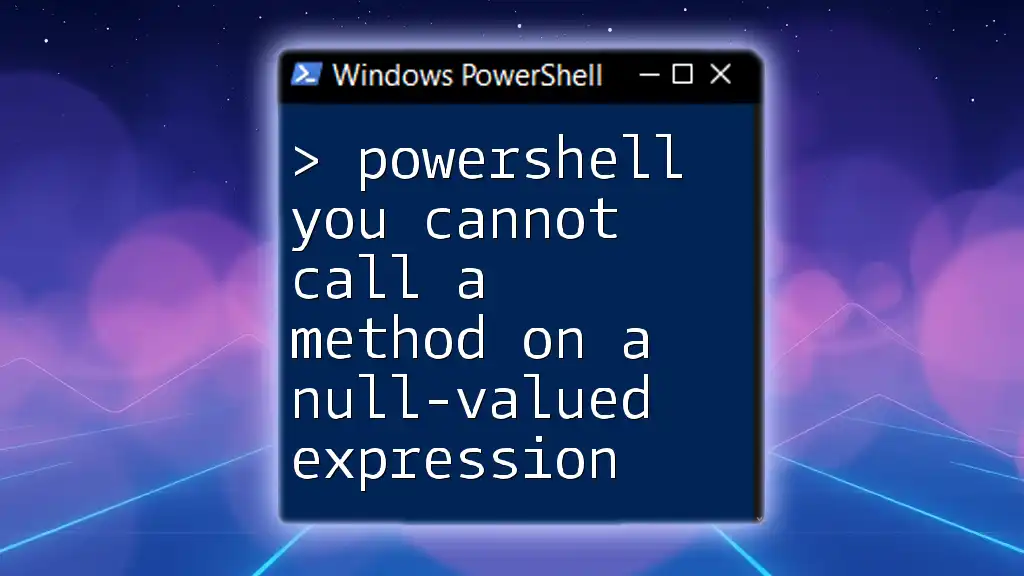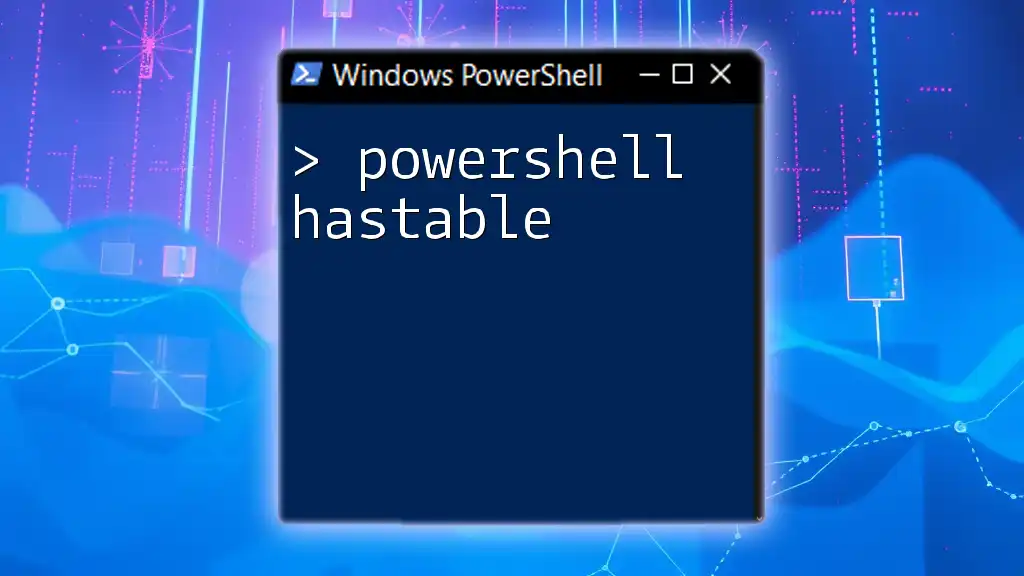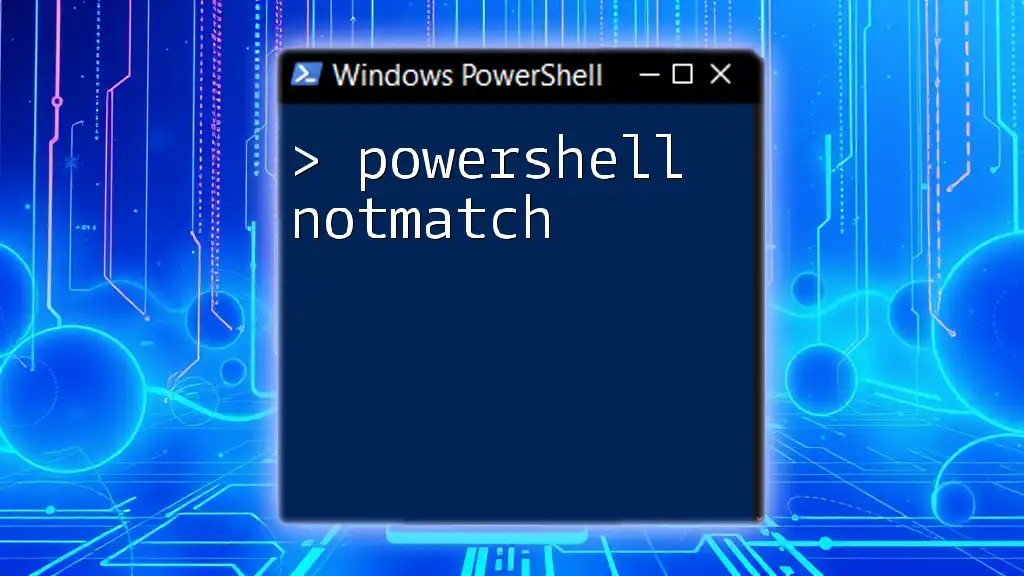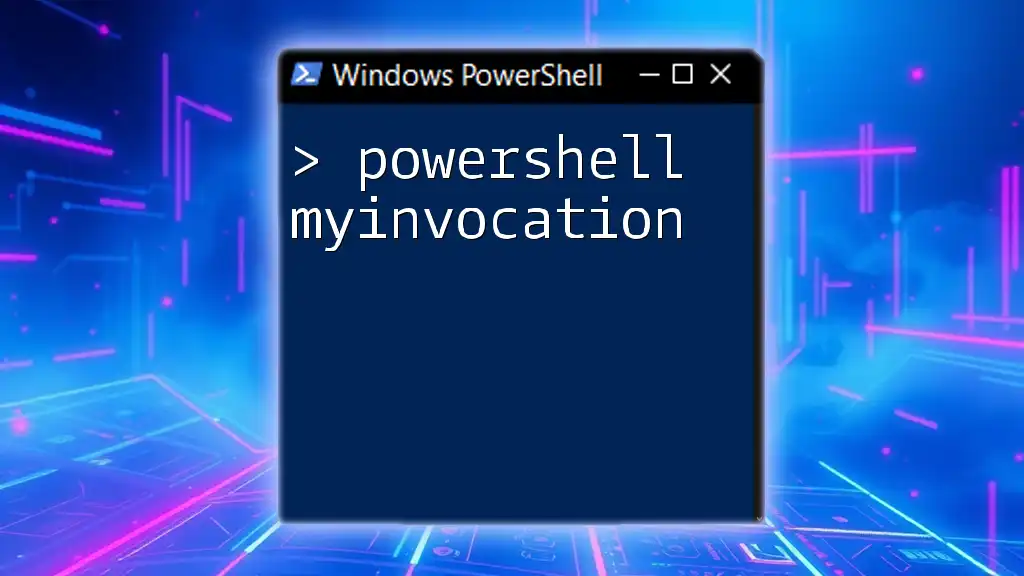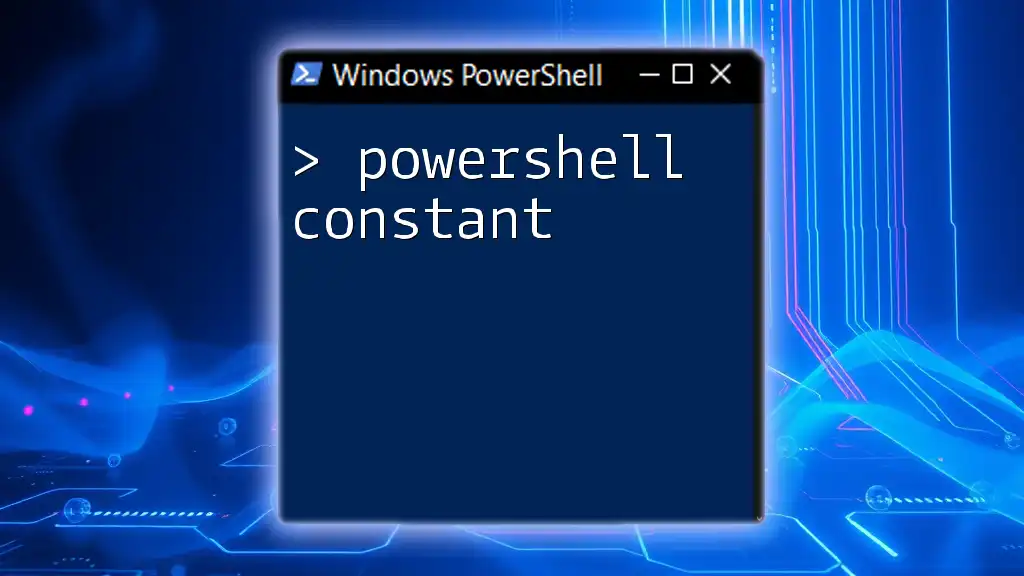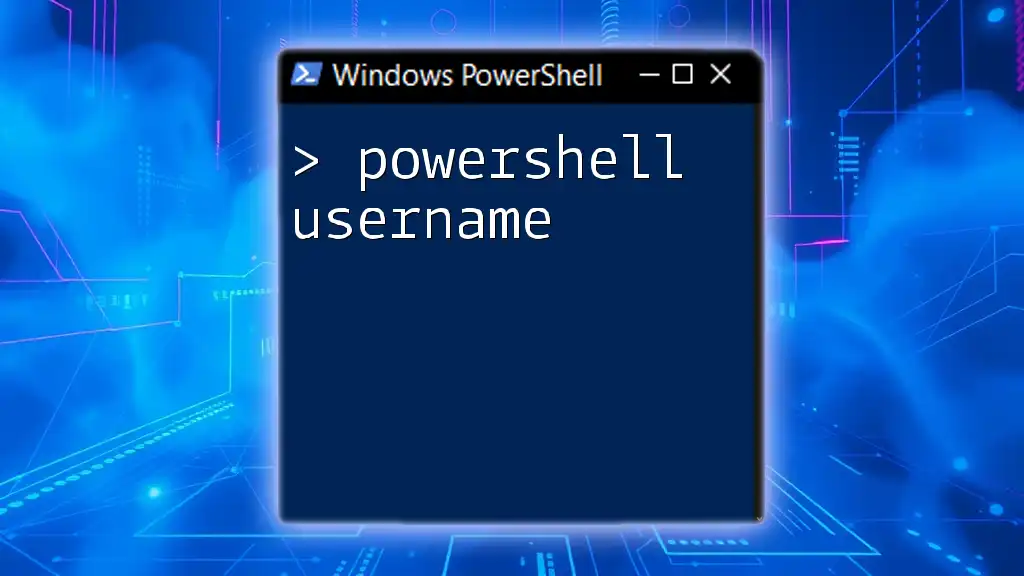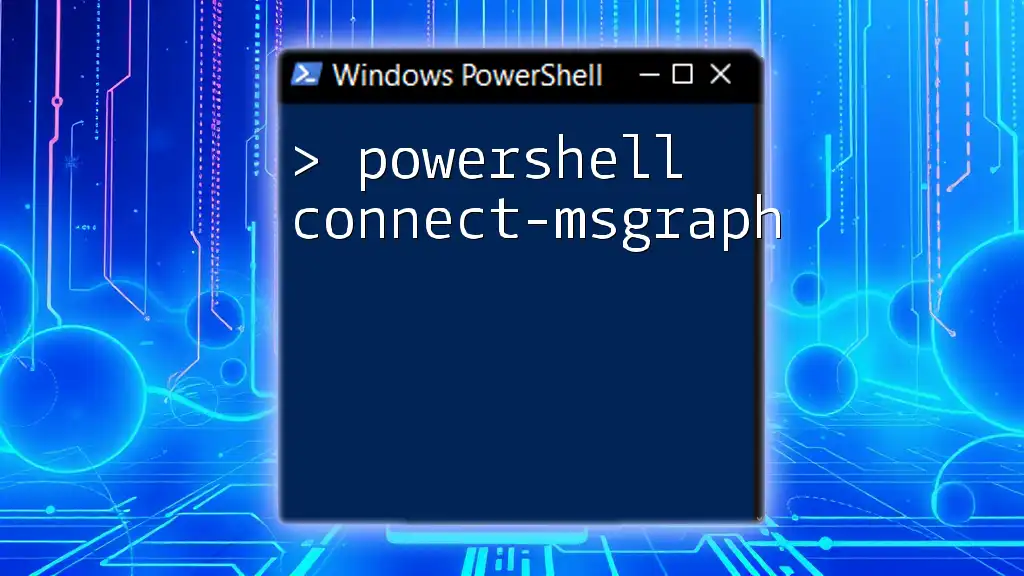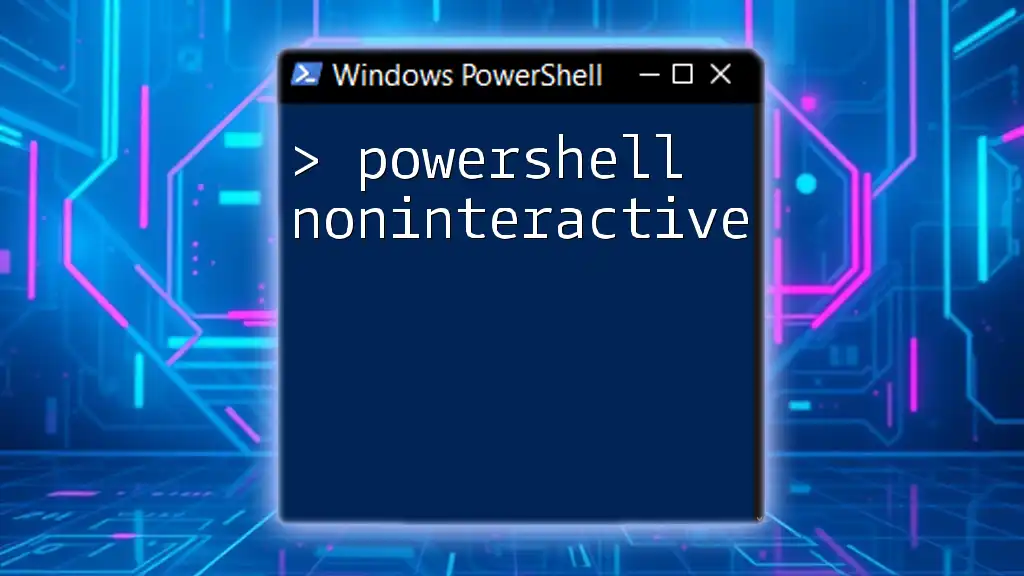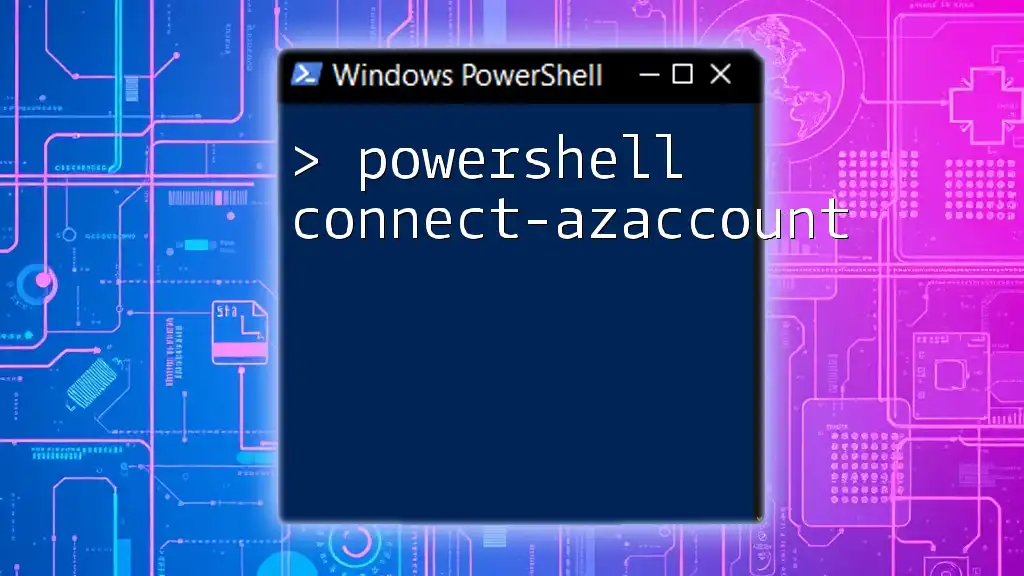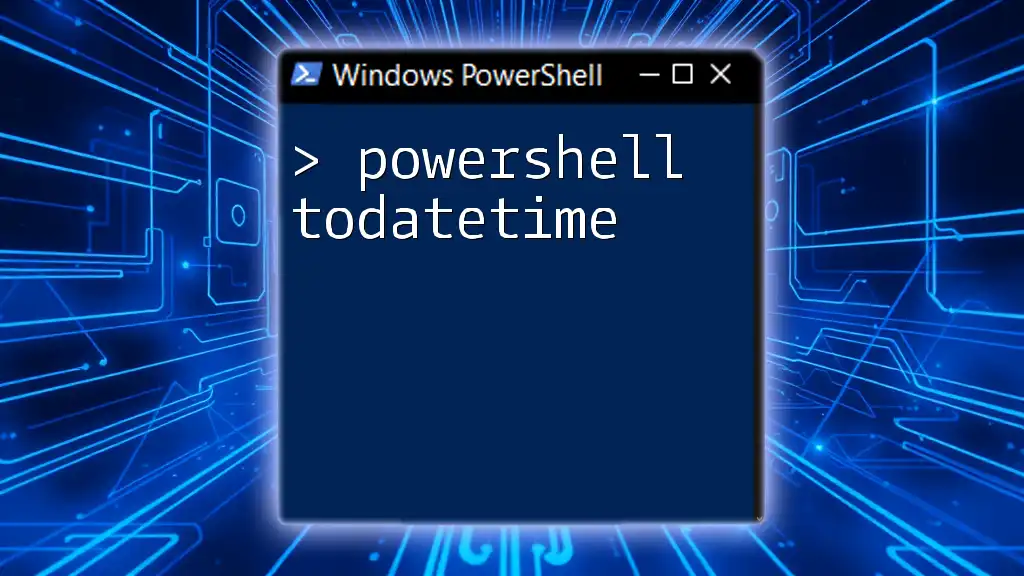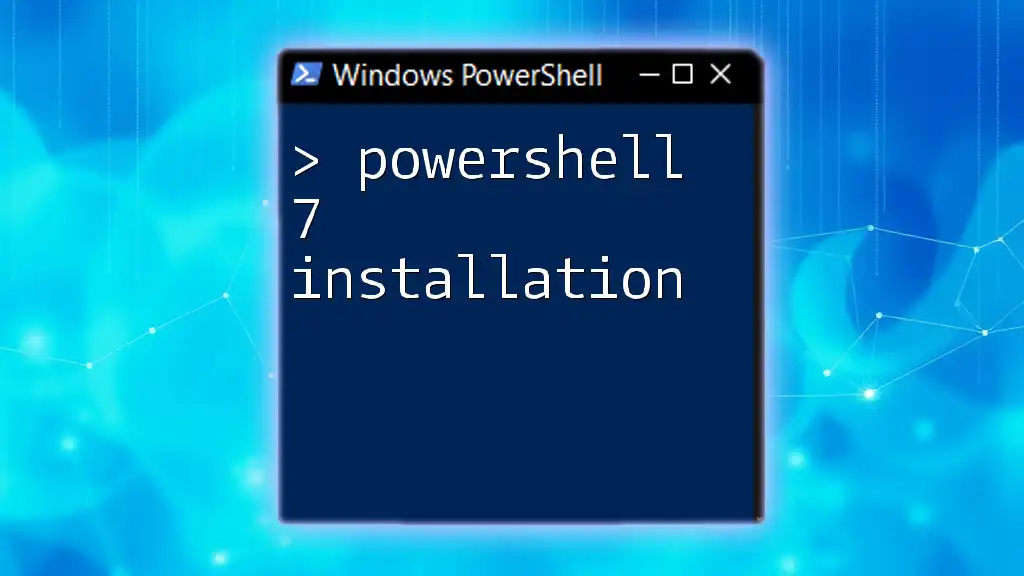In PowerShell, the error "you cannot call a method on a null-valued expression" occurs when you attempt to invoke a method on a variable that is `null`, indicating that the variable hasn't been initialized or assigned a value.
Here's an example:
# This will produce an error since $myVar is null
$myVar = $null
$myVar.ToString() # This line will cause the error
What Does "You Cannot Call a Method on a Null-Valued Expression" Mean?
To grasp the error message "you cannot call a method on a null-valued expression" in PowerShell, one must first understand what a null value is. In PowerShell, a null value indicates the absence of any value or object. This can occur for various reasons during scripting, and recognizing what null values mean is crucial for effective coding.
Definition of Null Values in PowerShell
Null values in PowerShell are defined by the `$null` variable. Using `$null` can lead to method calls failing because the PowerShell engine attempts to execute a method on a non-existing object. Understanding how null values appear in your code will help prevent this error from happening.
Overview of Method Calls in PowerShell
When you call a method in PowerShell, you're instructing the engine to perform a specific action on an object. Each object has its methods and attributes, and if the object is null (i.e., not instantiated or does not exist), attempting to access its methods results in an error.
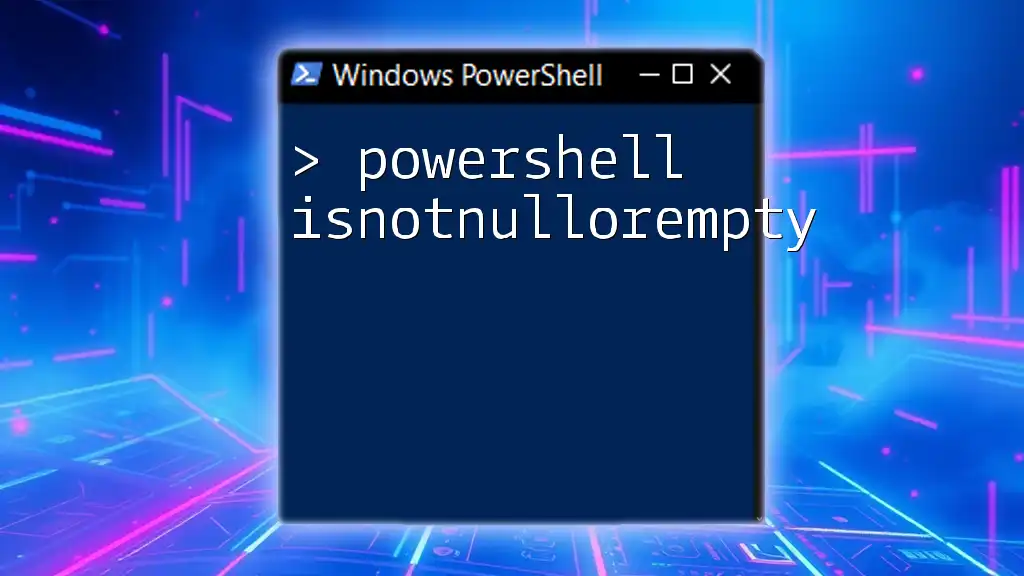
Common Causes of Null-Valued Expressions
Uninitialized Variables
One of the most prevalent reasons for encountering this error is uninitialized variables. When you create a variable but do not assign a value to it, it defaults to `$null`. For example:
$myVariable
$myVariable.ToString()
In the above code, calling `ToString()` on `$myVariable` will yield the error "you cannot call a method on a null-valued expression" because `$myVariable` has not been initialized with any value.
Object Not Being Created
Another common cause is when the expectation of an object being created is unmet. For example:
$myObject = Get-Process -Name "NonExistentProcess"
$myObject.Start()
In this case, if the `Get-Process` command does not find a process by that name, `$myObject` will be `$null`, resulting in an error when trying to call `Start()`.
Scope Issues
Scope can also lead to null-valued expressions. If a variable is defined in a nested scope and not accessible in another, it may appear as null. For instance:
function MyFunction {
$localVar = "Hello"
}
MyFunction
$localVar.Length # This will throw an error.
Since `$localVar` was defined within the function `MyFunction`, it is not accessible outside, leading to the null reference error when trying to access its length.
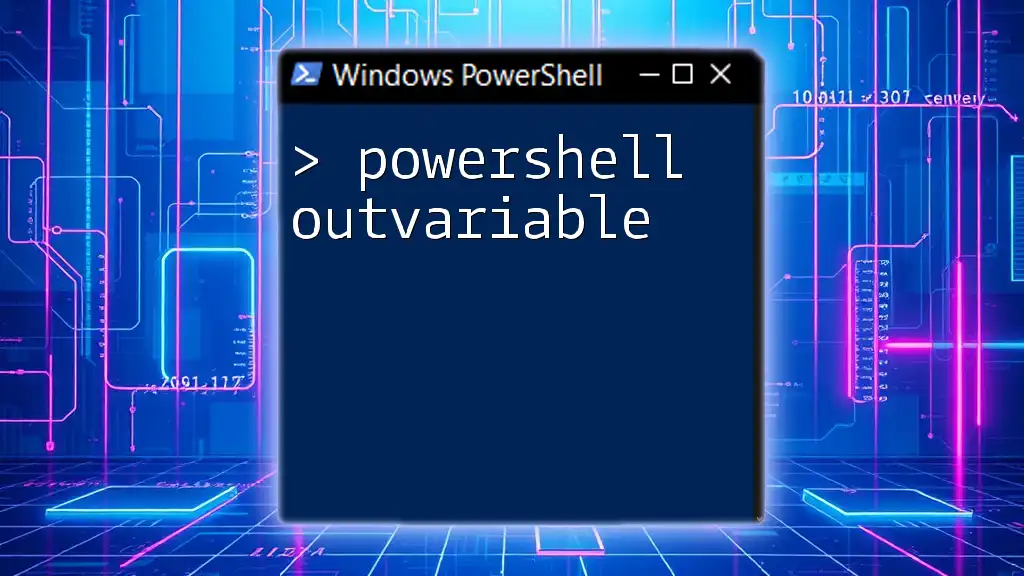
Identifying Null-Valued Expressions
Using the `Get-Type` Cmdlet
You can diagnose null values by using the `Get-Type` cmdlet. This will help you ascertain whether an object you are dealing with is null:
$myObject = $null
$myObject | Get-Type
If `$myObject` is indeed null, `Get-Type` will not generate any output, confirming that it has no value.
Conditional Statements
Utilizing conditional statements is a practical method for checking if a variable is null before trying to call any methods on it. For example:
if ($myVariable -ne $null) {
$myVariable.ToString()
} else {
Write-Host "Variable is null, cannot call method."
}
This script checks for null and prevents the script from crashing due to an invalid method call.
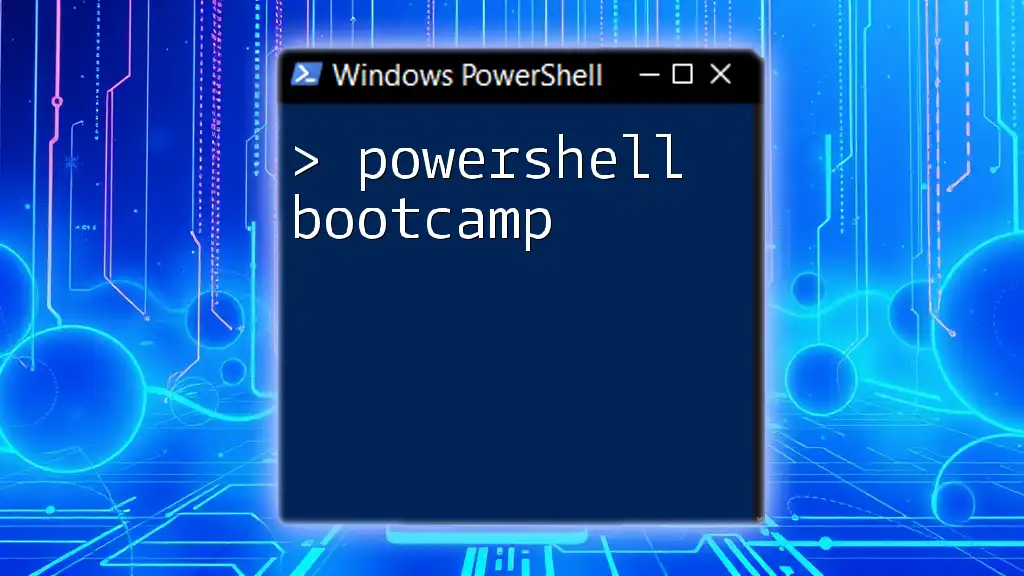
Handling Null-Valued Expressions
Using the Null Conditional Operator
A powerful feature in PowerShell is the null conditional operator (`?.`). This operator allows you to safely call methods when you're unsure if the object is null:
$myVariable = $null
$result = $myVariable?.ToString()
In this case, instead of throwing an error, `$result` will simply remain `$null`, effectively avoiding the runtime issue.
Default Values and Fallbacks
Defining default values for variables can significantly reduce the chance of null reference errors. This means providing a fallback value in cases where your variable might be null:
$myVariable = $myVariable -or "Default Value"
$myVariable.ToString()
This ensures that your variable has a value before any method call, thus preventing errors.
Utilizing Try-Catch for Error Handling
The `try-catch` block is another tool for managing errors related to null-valued expressions. By implementing error handling, you can catch and respond to errors gracefully:
try {
$myVariable.ToString()
} catch {
Write-Host "Caught an exception: $_"
}
This way, if an error occurs due to calling a method on a null property, your script can continue executing while providing meaningful feedback.
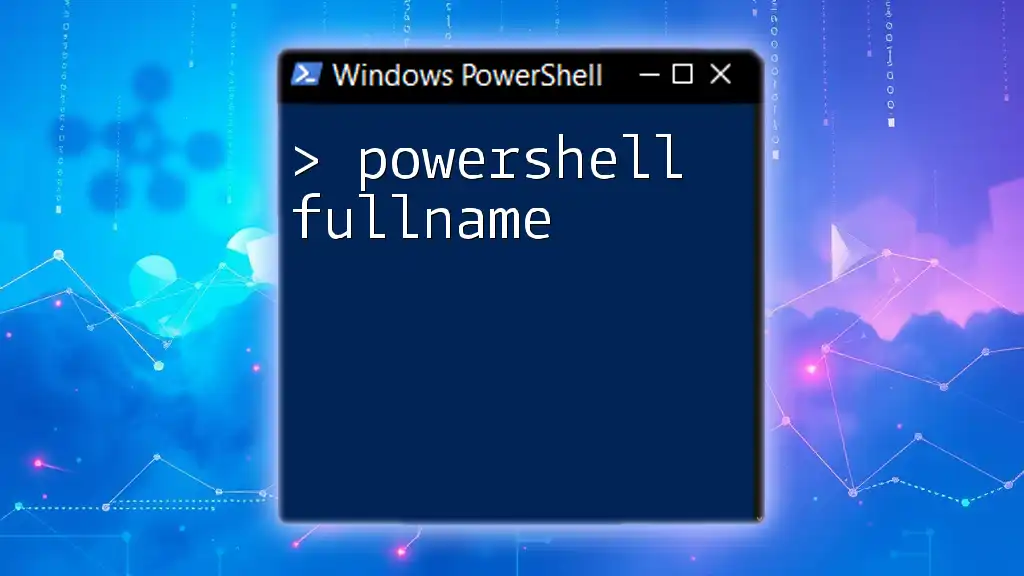
Best Practices to Avoid Null-Valued Expression Errors
Proper Variable Initialization
Always ensure your variables are properly initialized before attempting any operations on them. This practice minimizes the chances of running into null errors.
Defensive Programming
Adopt defensive programming techniques by always checking for null values prior to making method calls. This may seem redundant at times, but it saves time debugging issues later.
Regular Testing and Debugging
Regularly test and debug your PowerShell scripts. Utilize tools such as the debugger in the PowerShell Integrated Scripting Environment (ISE) or Visual Studio Code to step through your code and identify potential null values before execution.
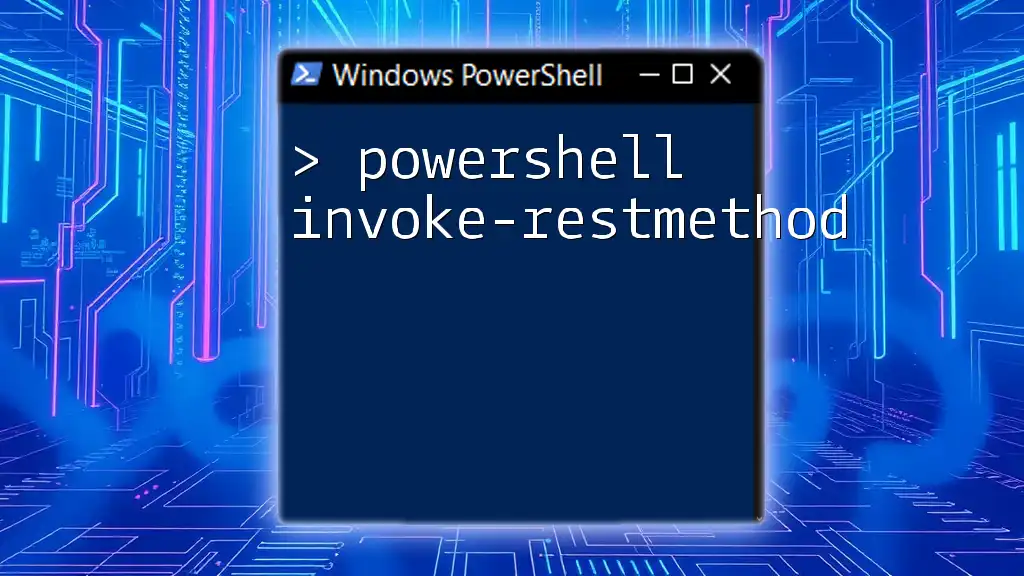
Conclusion
Understanding and managing null-valued expressions in PowerShell is vital for writing robust scripts. By recognizing the causes of null values, implementing effective checks, and adopting best practices, you can minimize errors and enhance your scripting capabilities. Always prioritize null handling to ensure a smooth and efficient coding experience in PowerShell.
Additional Resources
For further reading on PowerShell scripting and to refine your skills, consider checking the official PowerShell documentation and exploring community forums dedicated to PowerShell discussions and support.

